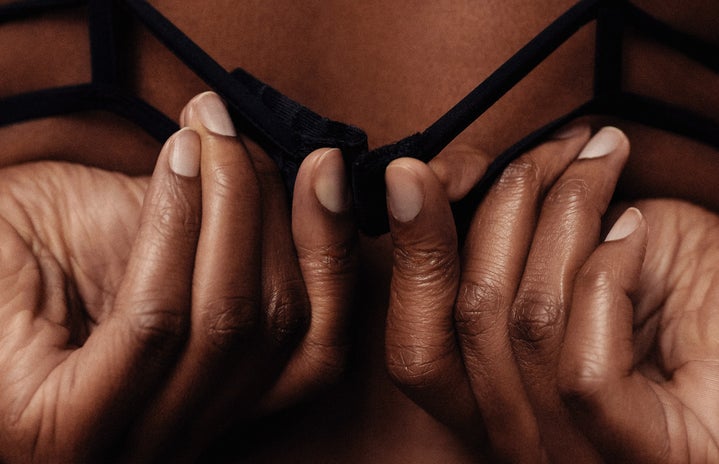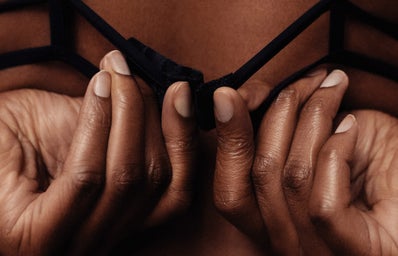Tis’ the season to be spooky as October arrives at stores and in our homes. Not only is October the month for people to bring out their best costumes, watch scary movies, and eat sugary sweets till our teeth rot, but it is also Breast Cancer Awareness month (“Breast Cancer Awareness”, 2012). Breast Cancer Awareness month is marked in the calendars of many countries around the world to increase awareness of such a common cancer for women in both developing and developed countries (“Breast Cancer Awareness”, 2012). Every year, there are about 1.38 million newly diagnosed cases and about 458,000 deaths (“Breast Cancer Awareness”, 2012). Even though the majority of deaths counted by the WHO occur in low- and middle-income countries, breast cancer is prevalent everywhere (“Breast Cancer Awareness”, 2012)
For many of us, this month is important because we all have encountered someone who has been affected with breast cancer or other types of cancer at some point in our lives. Whether that be loved ones, friends, or an acquaintance at work. Breast cancer can be especially rough when you are diagnosed later in life and unaware of recourses for early detection and places to help. Certainty, in 2020 we are constantly bombarded with news and it can certainly become stressful to figure out what is true and or what is considered false information. Therefore, today this article will be taking 3 myths from the National Breast Cancer.org and Breast Cancer.org and debunking them.
- Finding a lump on your breast means you have cancer.
-
If you are performing one of your monthly breast self-examinations and you find a lump do not worry about it. Breasts are made up of a mixture of layers of blood, fat, tissue, and a few other things which create an uneven terrain (B Hook, 2017). You are bound to feel different types of lumps when performing a self-examination and not all of them are bad. According to a study done in 2017, they found that 80 – 85 percent of breast lumps are noncancerous when it comes to women younger under 40 years old (B Hook, 2017). Certainly, if you are ever unsure of whether a lump is worth going to the doctor for, just take that extra precaution and go have it checked out.
- Using underarm antiperspirant can cause breast cancer.
-
When it comes to connecting the link between antiperspirants/deodorants to breast cancer there is no scientific evidence to prove that the use of these products leads to someone developing breast cancer (Darbe, 2009) Furthermore, through multiple studies from different organizations in the early to mid-2000’s none of them could prove that using antiperspirants/deodorants (whether someone had a family history or not) could not conclusively say that breast cancer is linked to using those types of products (Darbe, 2009).
- Carrying your cell phone in your bra can cause breast cancer.
-
According to this study, cellular phones emit electromagnetic radiation (EMR) which is about the same amount of radiation that comes from a microwave (West, et al., 2013) What this article further goes on to say is that the EMR from phones does not have enough radiation to directly cause DNA damage which can happen with radiation treatments for cancers (West, et al., 2013). Furthermore, this paper goes on to say that people under the age of 20 who are exposed to EMR for long periods of time are found to be at high risk of developing cancer later in life(West, et al., 2013) So, carrying your cellphone in your bra or close to your chest does not cause breast cancer, but EMR exposure can lead to brain cancer down the line, so, it does not hurt to keep your phone away from your body.
Sources
B Hook, DL. (2017) When to Worry About Breast Lumps. Everyday Health.
https://www.everydayhealth.com/womens-health/when-to-worry-about-breast-…
(n.a). (2012). Breast Cancer Awareness Month in October. https://www.who.int/cancer/events/breast_cancer_month/en/.
Connor, K. (2019). Breast Cancer Myths and Facts: The Truth About 12 Common
Misconceptions. Breastcancer.org.
https://www.breastcancer.org/symptoms/understand_bc/myths-facts
Darbre, D.P (2009) Underarm antiperspirants/deodorants and breast cancer. BioMedcentral.
https://breast-cancer-research.biomedcentral.com/articles/10.1186/bcr2424
(n.a). (2019) Myth: Finding a lump in your breast means you have breast cancer. National Breast Cancer Foundation.
West, J.G. Kapoor, M.S., Liao, S.Y., Chen, J.W., Bailey, L., & Nagourney R.A. (2013). Multifocal Breast Cancer in Young Women with prolonged Contact Between Their Breasts and Their Cellular Phones. US National Library of Medicine National Institutes of Health



